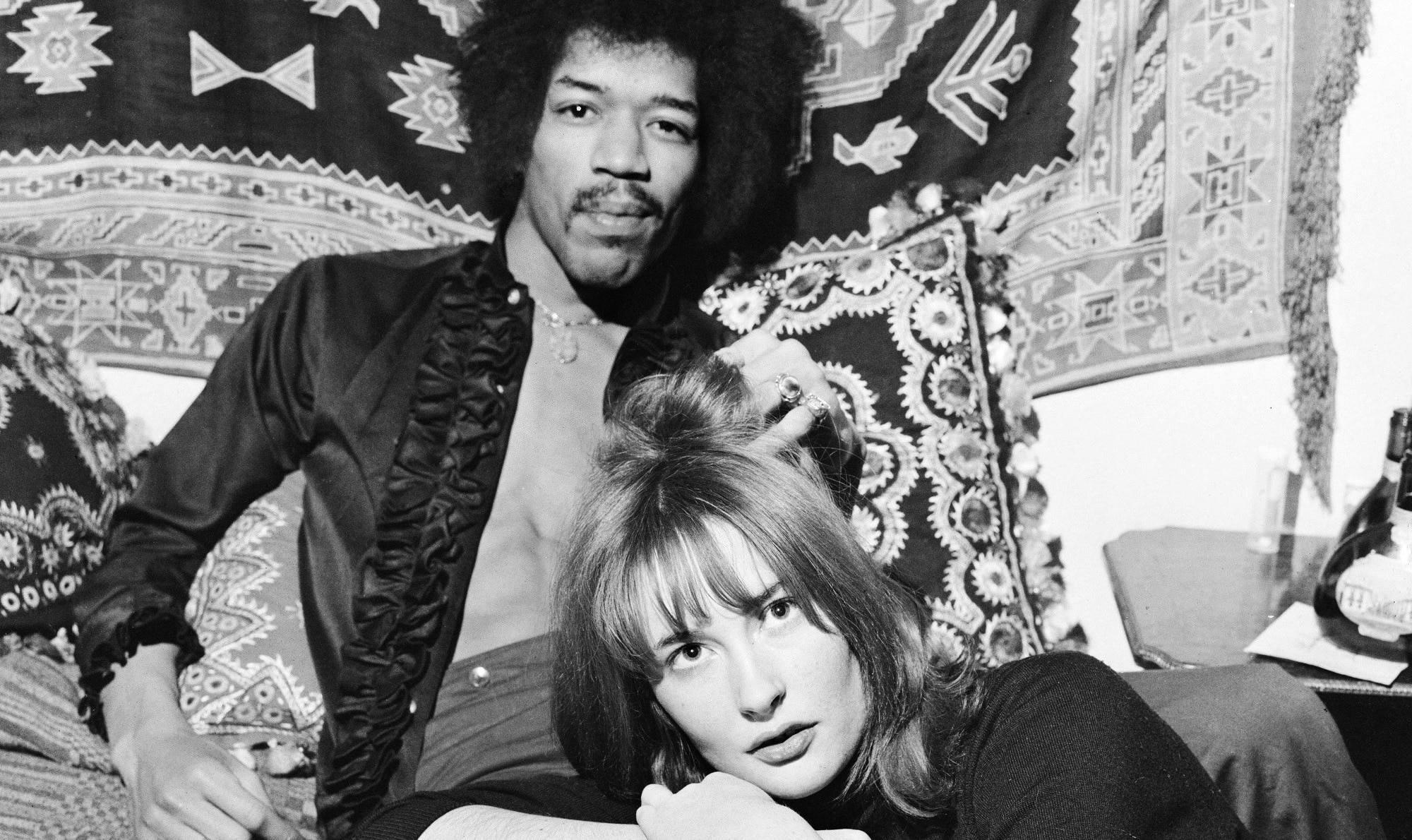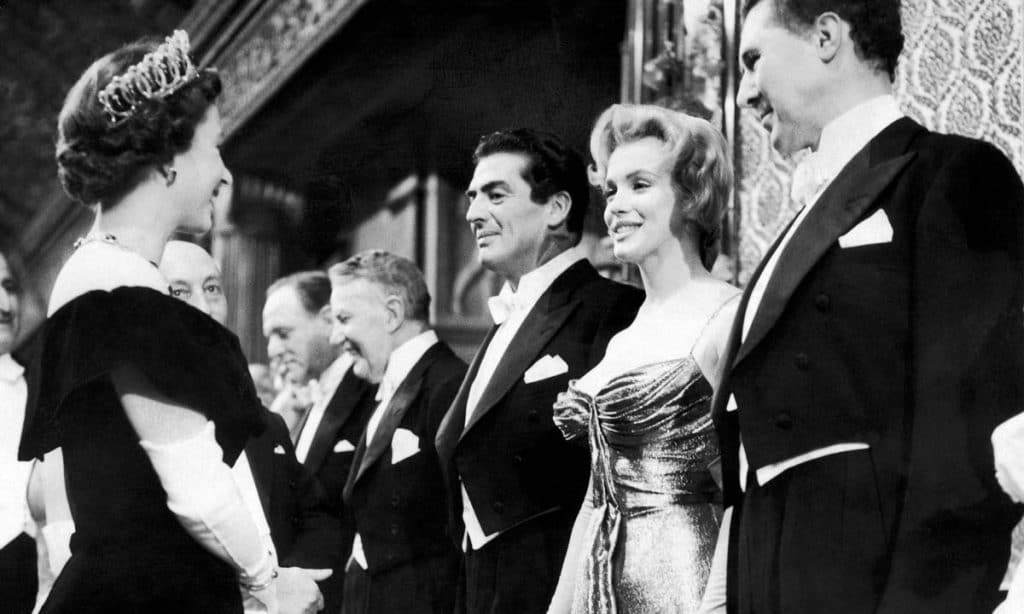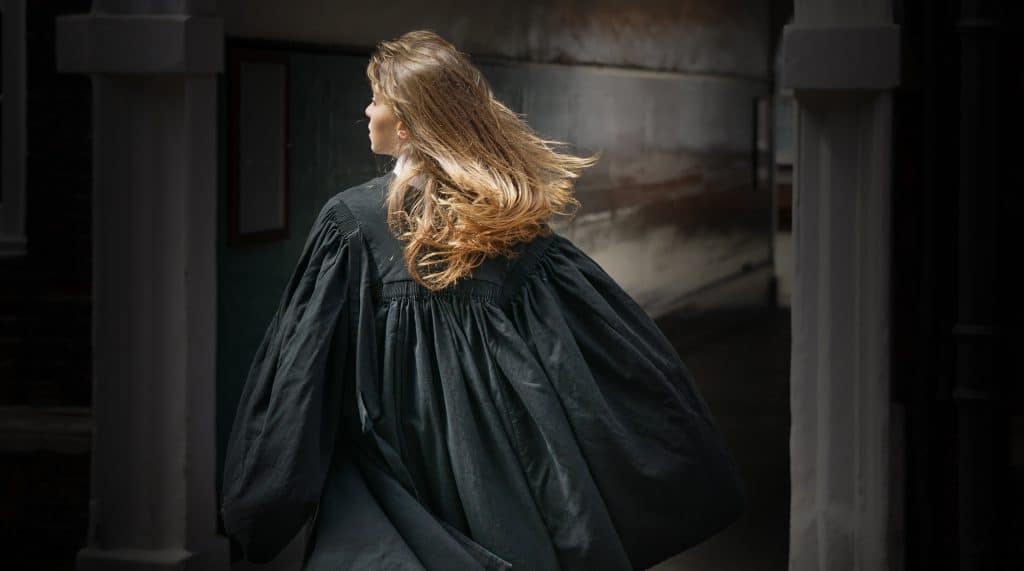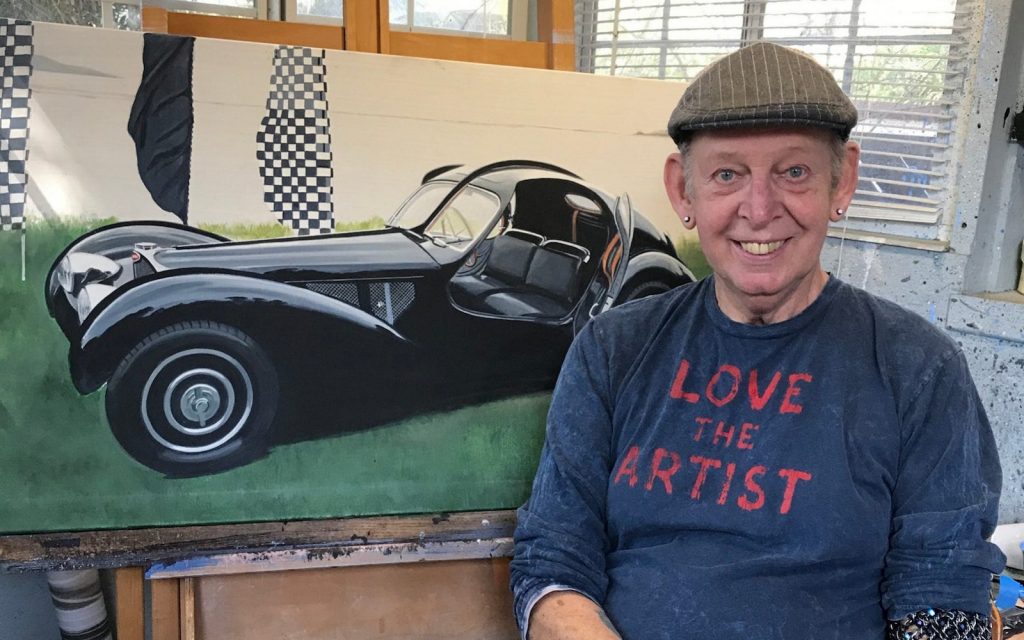Kathy, you were already an established DJ working in London when you met Jimi Hendrix in 1966. How did your paths first cross?
I was living in the flat above Zoot and Ronnie Money’s flat in West Kensington just off the A4 when Chas Chandler brought Jimi to visit on the way in from the airport on the day he arrived. Ronnie came up and told me they had a visitor but I was still in bed so I didn’t go downstairs. That evening we all went to see him play at the Scotch and that is how we first met. A fight broke out between Linda Keith and Ronnie so Chas asked me to take Jimi back to their hotel in Bayswater. That is how we got together. I moved into the hotel the next day.
Striking descriptions such as ‘Wild Man of Borneo’ and ‘Black Elvis’ have been attributed to Jimi, what were your first impressions of him?
Those descriptions are of his stage performance. In normal life he was a quiet, rather shy man, articulate and intelligent. He hated interviews and used to put on a rather hippy-dippy manner taking the mickey out of the interviewers.
You were together for almost three years, and during a period of this time, you lived as a couple at 23 Brook Street, Mayfair; a place Jimi fondly referred to as “the only real home I ever had”. Thereafter, you were instrumental in acquiring an English Heritage Blue Plaque for the building in memory of Jimi which was erected in 1997. Can you tell us how the idea for the Blue Plaque originated?
I can’t remember what gave me the idea. I wrote to Lord Montagu who was the chairman of English Heritage at the time. It took quite a lot of time and committee meetings before they decided to go ahead with it.
How do you think Jimi would have felt at having a Blue Plaque unveiled at 23 Brook Street, right next door to the plaque in honour George Frideric Handel? Two musicians, 200 years apart!
I expect he would have been pleased. He liked showing music buffs around because they thought Handel had lived at 23. He thought he saw Handel’s ghost in the mirror once. He was pleased to get awards. He was very pleased to get the 1969 Valentine’s Day award because Maurice Gibb presented him the award for World Top Musician. Jimi was impressed with the Bee Gee’s harmonies.
From photographs, the decor of 23 Brook Street looked beautifully exotic with tapestries, persian rugs etc. Did you design the interior yourself or was it a joint collaboration, as it seems that colours and design were incredibly important to Jimi?
We did it together and Angie King (Eric Burdon’s wife) helped.
How important was Jimi’s visual image to him? Did he enjoy shopping for clothes, and which London boutiques did he particularly like?
Yes. He was already interested in fashion and his stage presentation well before he arrived in London. Little Richard sacked him because Jimi upstaged him wearing smart clothes and outperforming him. We went to Dandie Fashions and all the King’s Road and Carnaby Street places.
Several books have quoted Jimi as having the ability to see sounds and music in colour: synesthesia. Also that he used to literally carry a guitar everywhere…even to the bathroom on occasions?! Was this your experience?
He did mention seeing colours with sound but I didn’t take much notice. I learnt that it is called synesthesia much later. The story of him carrying a guitar everywhere is greatly exaggerated. He would try new ideas out on a guitar, usually an acoustic or an unplugged electric, until he was happy with it. Then he would give it a break until a new idea came up. It was the same with lyrics. He was always scribbling ideas on bits of paper and then losing them down the back of sofas and under beds.
Didn’t Jimi try and teach you guitar on one occasion?!
Yes. He wanted me to do a bass line accompaniment but I was hopeless. All I could do was the restringing when the strings broke. He taught me that.
Several songs of his were written about you, for instance: The Wind Cries Mary. How did this make you feel at the time, and how does it make you feel when you hear the songs today?
I really didn’t feel anything much about them either then or now. His writing was so prolific and he was just writing about what was going on around him at the time, or imaginary situations inspired by his reading.
Do you have a favourite song of Jimi’s?
All Along the Watchtower, although it wasn’t really his of course.
During interviews, he seemed so modest and self-deprecating. Whilst peers such as Eric Clapton, Lennon and McCartney, and Mick Jagger were seemingly in complete awe of his talent. Was Jimi flattered by this? Do you think he knew he was a musical genius?
Jimi was pleased that he was recognised as a good musician in England by well-known musicians. Especially as nobody in the USA had understood his talents. He knew he was good but he wasn’t big-headed about it.
There are plans underway to open a permanent Jimi Hendrix museum at 23 Brook Street towards the end of next year, which has generated great excitement worldwide. How will you be involved in the project?
I am involved with advice about decor and this and that. They are highly professional museum people and don’t need much help really.
Jimi: All Is by My Side, a film about Jimi’s pre-fame years, written and directed by John Ridley, is due to be released in the US on 26 September. It is understood that you are not happy with the way you have been portrayed in the film by actress, Hayley Atwell. Is it true that you contacted John Ridley and offered to help with the research?
I have seen it twice in Australia in film festivals and people were walking out of the cinema in disgust. One of them wrote to me and commiserated. Yes. I wrote to Ridley offering to help but he never replied. When I asked for a copy of the film to check there weren’t any defamatory or inaccurate bits in it they replied with an abusive letter threatening to sue me for interfering with his First Amendment right to free speech! In fact it is defamatory and full of inaccuracies. It is like a cross between the Sid and Nancy film and a humourless Austin Powers.
The dialogue is atrocious. It is full of jarring mistakes in the sets, the costumes, the extras and nearly everything. They were talking about Queen when it was well before Queen was formed. The whole storyline is irritatingly ludicrous. I think it might be regarded as alright in the USA because they don’t know much about Jimi or London in the sixties, especially someone like Ridley who comes from the Midwest. British and European audiences would be appalled at it but it looks as if the UK and European distributors are shunning the film. The French won’t even consider it. Jimi’s first proper concert was in France. That doesn’t even feature in the film. Ridley doesn’t have a clue.
When you think of Jimi today, what is your one overriding memory?
I have lots of memories of those days but no particular overriding memory.
For further information please visit: www.kathyetchingham.com
Kathy’s book, Through Gypsy Eyes: My Life, The 60s, and Jimi Hendrix, can be purchased here.
For further information on Jimi Hendrix at 23 Brook Street, please visit: www.handelhouse.org
Jimi:All is by My Side was released in the US on 26 September 2014.










